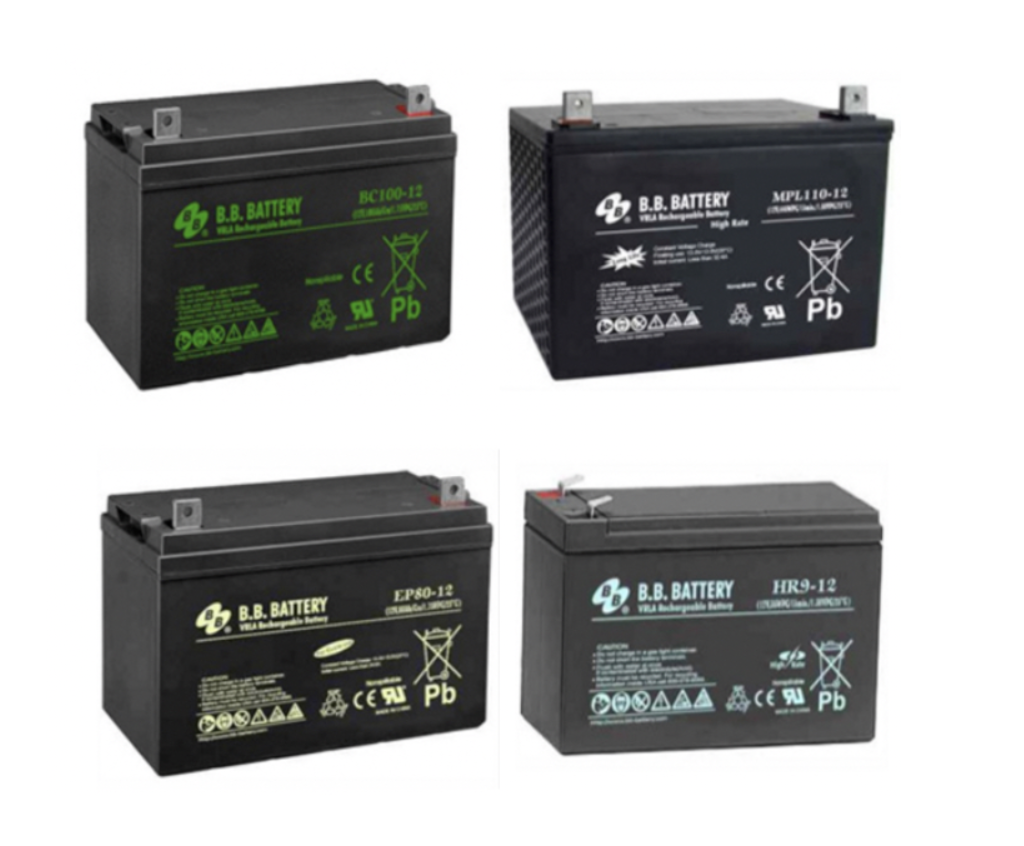Industrial Batteries

Batteries used in industry are crucial for being sources of reliable and long-lasting energy in industrial applications. Designed for an entirely different sort of service than that of ordinary consumer batteries, industrial batteries are built to handle extreme labor and to perform under power drain and tough environment conditions that would quickly disable a lesser battery. Most applications require some combination of electric motors for the energy conversion needed to run heavy machinery. In large scale operations, energy storage demands and partial cycle demands (where the battery must be recharged quickly after a partial discharge) require an efficient and powerful source of electric energy; that source is often an industrial battery.
The versatility of industrial batteries allows them to power an array of equipment across many industries. They adapt to a multitude of environments and power needs, providing just the right conditions for an ample number of customer applications. From forklifts in warehouses to large-scale energy storage solutions, the construction of industrial batteries makes them well-suited for the demanding environments of many applications. As these batteries are made across a wide set of manufacturing processes, from very large to very small, using everything from lead-acid to lithium chemistries, one can find a lot of variation in both the appearance and the energy output of the industrial battery.
More Information about Industrial Batteries
In the industrial field, rechargeable batteries have become an attractive and sustainable choice when powering devices ranging from electric vehicles to lanterns and flashlights. These batteries are not only easily recharged but also provide a suite of dependable power performance. Lithium batteries are known for their long life and high energy density, meaning that they can store a lot of energy for their size. They are available in a variety of sizes and voltages. Accessories for lithium batteries include battery chargers, battery management systems (BMS), protective cases, connectors, cables, mounting brackets, and monitoring devices to ensure safety, efficiency, and optimal performance.
FAQs
Are industrial batteries typically in stock at most distributors or does their need to be a special request made for these types of batteries?
Industrial batteries are often kept in stock by most distributors for standard applications, but specialized batteries or those with unique specifications may require a special request or custom order.
Top 5 Things to Know About Industrial Batteries
Temperature
Hot environments increase the AMP hour rating of a battery, while cold environments decrease the AMP hour rating. However, heat will drastically reduce the overall life of a battery. The normal operating temperature for most batteries is about 77 degrees. Every 15 degrees above that mark will reduce the battery life by half. Operating or storing a battery in cooler temperatures, will actually increase the life of the battery.
Depth of Discharge
Most batteries are rated to be discharged 80% or down to 20% of the total capacity of the battery. If the battery is discharged more than that, it can damage the battery and cause it to have a shorter lifespan. Ideally, the battery should not be discharged more than 50% of the total capacity. This allows the battery to last for the longest amount of time possible. Each time a battery is discharged and recharged, it is referred to as a cycle. Batteries are rated for the number of cycles they have in their life or for a specific amount of time, for example, five years. If a battery is rated for five years or 5,000 cycles, it lasts for one or the other. For example, if a battery is cycled 5,000 times in one year, the battery after that time will be dead. If it is cycled 250 times over five years, after five years, the battery will be dead.
Sizing the battery
It is important to take into consideration the AMP hour rating of the battery and the load requirements of the system. Because of the depth of discharge rule, plan to use 50 to 80% of the total battery capacity, typically resulting in upsizing the battery for the system.
Construction of the battery
Batteries that have thinner, smaller plates will degrade more quickly over time, whereas, sealed lead acid batteries have thicker, immobilized plates that allow those batteries to last a much longer.
Do not under charge the battery
This is caused when a battery is discharged and recharged to a not full state, or less than 100% of the total capacity of the battery. Continually allowing the battery to operate in a partially charged state, or not at 100%, can lead to lead sulfate formation, or Sulphation, which can reduce battery performance and eventually lead to battery failure.

